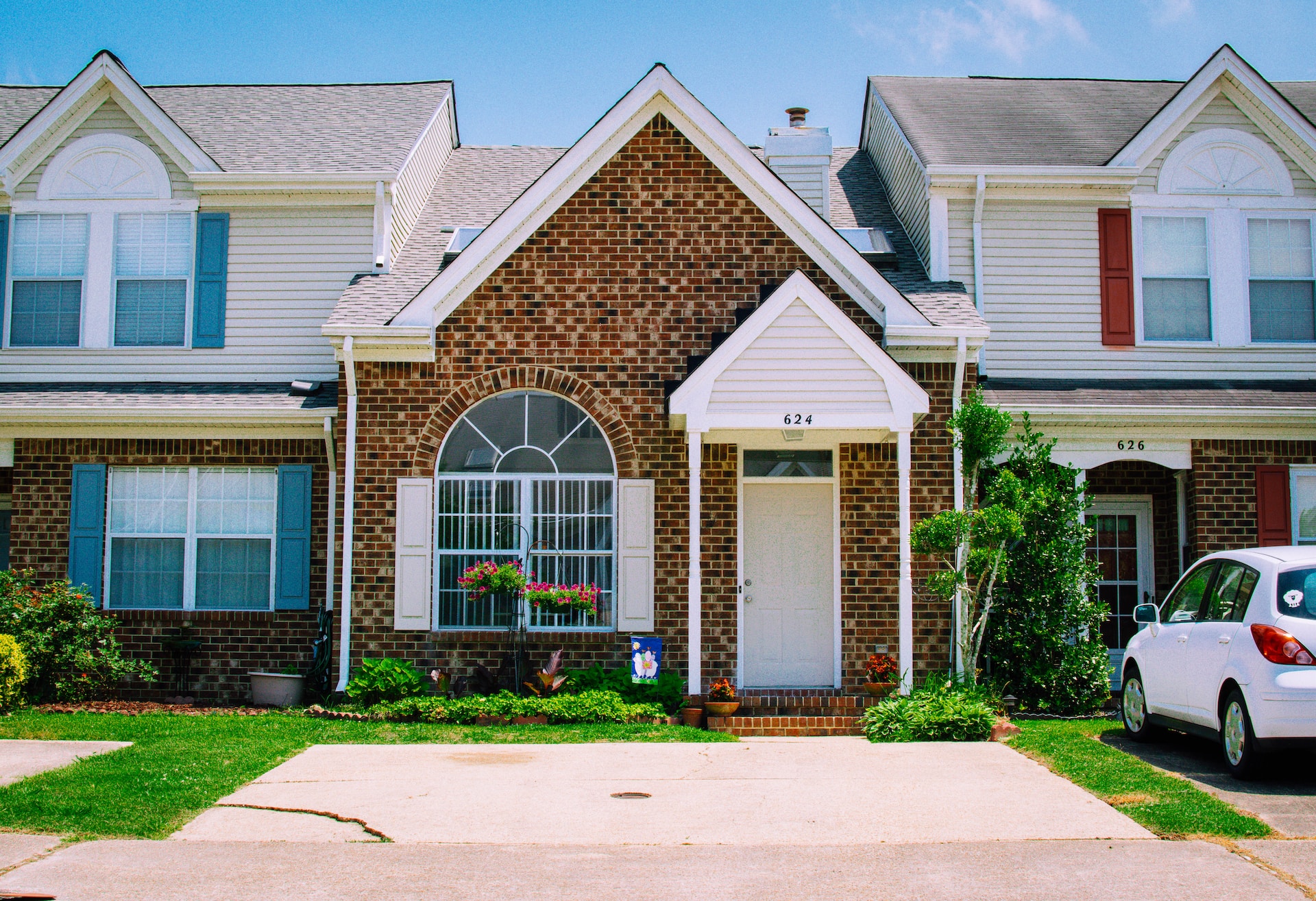Have you had trouble getting a traditional mortgage due to your employment status or income history? A no income verification home loan could work for you as it’s designed for borrowers who cannot provide standard income or employment documentation.
In this guide, we explore the ins and outs of these unique loans, along with their pros and cons and how to decide if you should get one. You’ll also discover a step-by-step process to find the right lender.
What Is a No Income Verification Home Loan?
No income verification mortgages do not require standard income documentation such as pay stubs, W2s or tax returns. Instead, mortgage lenders may accept alternative forms of proof, such as bank statements, to show that you can repay the loan.
While these loans may seem like an attractive option for some borrowers, they often come with higher down payment requirements and interest rates due to the increased risk for the lender.
Is It Possible to Get a Loan With No Proof of Income?
Yes, it is possible to get a loan with no traditional proof of income using a no income verification home loan. But you’ll need to meet other guidelines to qualify for funding.
How Do No Income Verification Home Loans Work?
As aforementioned, no income verification home loans rely on other financial factors to determine your eligibility for the loan. The lender may request copies of your bank statements or other financial documents to assess your ability to repay the loan. Some other important considerations to be aware of:
- Alternative documentation: Instead of traditional proof of income, lenders may accept bank statements, profit and loss statements, or other financial documents that demonstrate your ability to repay the loan.
- Higher interest rates and fees: Since no income verification loans pose a higher risk for lenders, you might face higher interest rates and fees compared to traditional mortgages.
- Larger down payment: It is common for lenders to require a larger down payment for a no income verification mortgage. Expect to pay 20 percent or more of the home’s value to offset the level of risk posed to the lender.
- Credit score: Your credit score plays a significant role in determining your eligibility for a no income verification home loan. Lenders typically require a good to excellent credit rating for this type of loan.
- Loan-to-value ratio: The loan-to-value ratio (LTV) is an important factor in assessing your loan application. A lower LTV, indicating a lower mortgage amount in relation to the value of the property, can improve your chances of being approved for a no income verification loan.
Types of No Income Verification Home Loans
There are three types of no income verification home loans to be aware of.
Stated Income, Verified Assets (SIVA) Loans
A Stated Income, Verified Assets (SIVA) loan is a type of no-income verification mortgage that allows you to provide a stated income amount without providing traditional income documents like tax returns or pay stubs. With a SIVA loan, your assets are verified to ensure you have the means to repay the loan. This type of loan can be beneficial for self-employed borrowers or those with complicated income situations.
To qualify for a SIVA loan, you’ll need a good credit score and proof of assets, such as bank statements or statements for investment accounts. Lenders may also require a higher down payment and charge higher interest rates compared to traditional mortgages.
No Income, Verified Assets (NIVA) Loans
No Income, Verified Assets (NIVA) loans require lenders to verify your assets but not your income. This type of loan is suitable for borrowers who have sufficient assets to cover the mortgage but may have difficulty providing income documentation, such as retirees or investors. Your assets need to be enough to cover the mortgage payments, property taxes, insurance, and other homeownership-related expenses.
Similar to SIVA loans, NIVA loans may have higher interest rates and down payment requirements. As a borrower, you’ll need a strong credit history and substantial verified assets to qualify for this type of loan.
No Income, No Assets (NINA) Loans
No Income, No Assets (NINA) loans are another type of no-doc mortgage where neither your income nor your assets are verified. It is ideal for borrowers with irregular income sources or those who prefer not to disclose their financial information. However, NINA loans have become scarce since the housing market crash and are rather difficult to find.
Lenders will typically rely on your credit score and history to determine your eligibility for a NINA loan. It is important to note that interest rates may be higher, and down payment requirements can be more hefty compared to traditional mortgages.
Benefits of No Income Verification Home Loans
Consider the key advantages of no income verification home loans when evaluating your options:
Ease of Approval
The income documentation typically required for standard home loans, like pay stubs, W2s, or tax returns, can be difficult for some borrowers to produce. If you have a non-traditional income stream or you are self-employed, a no-doc mortgage may be more suitable for you. By accepting alternative documentation, such as bank statements, the lenders increase the chance of approval for self-employed borrowers and real estate investors.
Ideal for Self-Employed or Freelancers
Traditional loan application processes can be challenging and unfair for those whose income is irregular or difficult to prove. Having the ability to provide alternative documentation for income verification helps level the playing field for self-employed borrowers, and it offers them a better chance to secure a home loan.
Faster Processing Time
Since you’re submitting fewer documents for income verification, lenders can complete the underwriting process more quickly. This accelerated approval process can help you, the borrower, to get into your new home sooner. The faster processing time is also particularly appealing for real estate investors who need to move quickly in fast-paced markets.
Potential Risks of No Income Verification Home Loans
You should also keep these drawbacks in mind:
Higher Interest Rates
Since no income verification home loans pose an elevated risk to lenders, they often charge higher interest rates to compensate. As a borrower, you might find yourself paying a substantially higher interest rate on a no income verification mortgage compared to a traditional mortgage. This can lead to increased mortgage payments over the life of the home loan.
Strict Repayment Terms
Lenders may impose stricter repayment terms on no income verification mortgages, which could make it more challenging for you to manage your mortgage payments. These include shorter loan terms, which lead to higher monthly payments or prepayment penalties that make it costly to sell or refinance. Or, the lender could offer a variable interest rate that fluctuates over time, possibly increasing your mortgage payments in the future.
Likelihood of Default
No income verification home loans inherently have a higher risk of default because lenders cannot accurately assess your ability to repay the loan. Without verifying your income, lenders are unable to determine if you can afford the mortgage payments. Consequently, borrowers might end up taking on a loan that they may not be able to repay, which can lead to default and potential foreclosure.
Applying for No Income Verification Home Loans
When you’re ready to formally apply for a loan, here’s what you need to know.
Initial Steps
Before diving into the application process, research your options to find the most suitable no income verification home loan for your situation. Assess various lenders, their loan terms, and interest rates to make an informed decision.
When you’re ready to move forward, it’s advisable to gather the necessary documentation to expedite the process. Although these loans don’t require traditional income verification, lenders still need proof that you can repay the loan.
Documentation Required
For a bank statement loan, you’ll need to provide your personal and business account statements spanning several months to establish a pattern of consistent cash flow. These details will serve as alternative evidence of your income and financial stability. Lenders may also require:
- A credit score report reflecting your creditworthiness and financial history. Although credit requirements for no income verification loans might be less stringent, a good credit score will increase your chances of approval.
- Asset documentation, such as investment account statements, real estate, or other valuable possessions, demonstrates your financial stability and ability to repay the loan despite not having traditional income verification.
- A sizable down payment is often required for these loans, as a higher down payment can lower the risk for the lender.
How to Find a Mortgage Lender That Offers No Income Verification Home Loans
Finding a mortgage lender that offers no income verification home loans can be challenging. But with some research and persistence, you can find a good one for you. Follow these steps to increase your chances of finding a lender that meets your unique needs:
- Step 1 – Search online: Start by conducting an online search for lenders offering no income verification mortgages. Look for reputable websites and financial blogs that provide information on lenders’ products and services.
- Step 2 – Compare lenders: As you come across potential mortgage lenders, create a list of those that offer no income verification loans. Don’t forget to compare their interest rates, loan terms and fees to find the best option for your situation.
- Step 3 – Ask for referrals: Reach out to friends, family members or others in your network who may have experience with no income verification home loans. Their recommendations could lead you to a reputable lender that you might not find by searching online.
- Step 4 – Check with alternative lenders: Many offer no income verification loans in their lending arsenal. Visit their websites or call the customer service number for more information.
- Step 5 – Reach out to a mortgage broker: Licensed mortgage brokers have access to numerous lending programs and can help you find a lender that offers a no income verification home loan tailored to your needs.
Remember to be diligent in your search and always ask questions about each lender’s guidelines to find the right fit. If you don’t want the hassle, give Angel Oak Mortgage Solutions a try.
Angel Oak offers non-QM mortgage products designed for borrowers who may not have traditional forms of income documentation but possess significant assets. Their Asset Qualifier Home Loan allows individuals to leverage their financial resources, such as savings accounts, investment portfolios, and other liquid assets, to qualify for a mortgage. Unlike conventional loans that typically require proof of income through pay stubs or tax returns, the Asset Qualifier Home Loan focuses on your overall financial health. Reach out to Angel Oak today by answering a few simple questions to see if you qualify.







